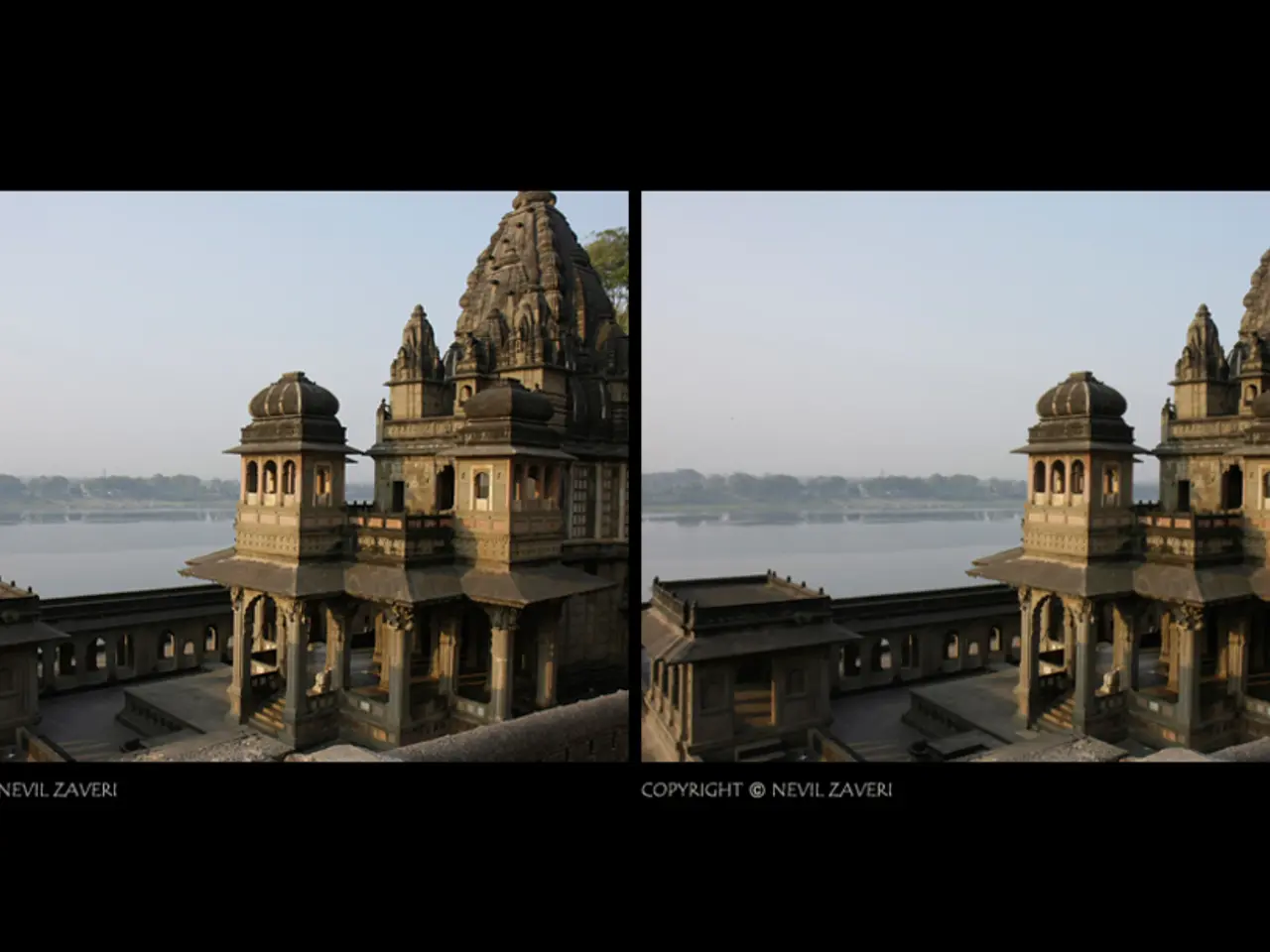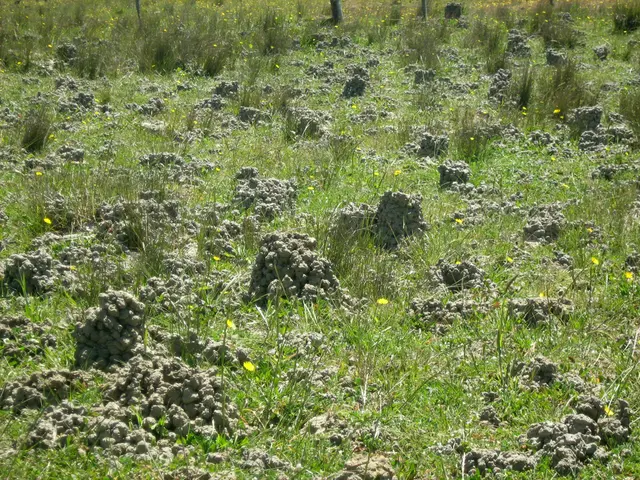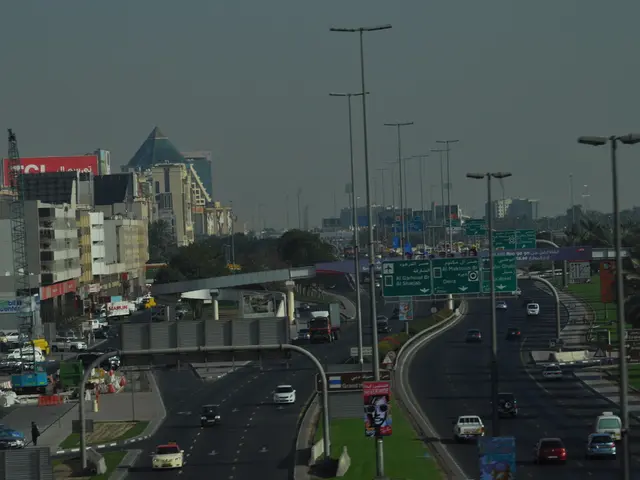Unveiled in Our Recent Edition: A Glimpse into the Resurrection of Bateshwar by an Expert in Archaeology
In the heart of Madhya Pradesh, nestled near Morena, lies the Bateshwar temple complex - a spiritual oasis in the midst of the historically turbulent Chambal region. Known as the spiritual twin of Varanasi, this intricate complex of about 200 Shiva and Vishnu temples, built between the 9th and 11th centuries, has been the subject of a remarkable restoration journey.
At the helm of this endeavour is archaeologist K.K. Muhammed, a former Regional Director of the Archaeological Survey of India (ASI), renowned for his work on temple conservation and heritage preservation. His personal connection to the project runs deep, as he views Bateshwar as a space for reflection and a symbol of building, not destroying, in the name of faith.
When Muhammed began his work, the temple site was in a highly ruinous condition. Thousands of temple parts were scattered across several acres, a testament to the passage of time and the challenges faced in preserving historical sites. The restoration process was not without its obstacles. Illegal mining posed a significant threat, and it took police intervention, gunfights between the mafia and police, and the seizure of mining equipment to protect the site.
In the early stages of the project, Muhammed faced challenges in obtaining permission for the reconstruction of the temples. A crucial role in overcoming these hurdles was played by IPS Vijay Raman, who had been involved in the shooting of Paan Singh Tomar in 1981.
The issue reached Delhi, where former Union Culture Minister Ambika Soni raised it with the then Madhya Pradesh Chief Minister, Shivraj Singh Chouhan. With the support of Sudha Murty's Infosys Foundation, 70 temples were restored over a period of four years. The ASI later supported Muhammed in the progress of the restoration.
The Bateshwar temple complex restoration is not just a feat of preservation but also a personal act of repentance for Muhammed. He sees it as a way to heal historical wounds and create a space that offers a stark contrast to the unrest that has long been associated with the Chambal region.
In the past, farmers in the region would carry guns for protection while traveling, and the area was infamous for dacoities and criminal activities. However, several spiritual asylums, including Nareshwar, Bateshwar, Padavali, Mitawali, Sanichar, and Kakanmath, still exist in the region, providing a sanctuary for those seeking peace.
Interestingly, some criminals in the Chambal region, as they approached the end of their lives, sought solace in spirituality, attempting to atone for their past deeds. Malkhan Singh, a notorious dacoit who surrendered in 1982, claimed he became a dacoit to protect temple lands from encroachment by local Brahmins.
The restoration of the Bateshwar temple complex is a testament to the power of preservation and the healing potential of history. It stands as a symbol of resilience and hope, offering a glimpse into the rich heritage of India and serving as a reminder of the importance of preserving our cultural and historical treasures.
Read also:
- Peptide YY (PYY): Exploring its Role in Appetite Suppression, Intestinal Health, and Cognitive Links
- Toddler Health: Rotavirus Signs, Origins, and Potential Complications
- Digestive issues and heart discomfort: Root causes and associated health conditions
- House Infernos: Deadly Hazards Surpassing the Flames








